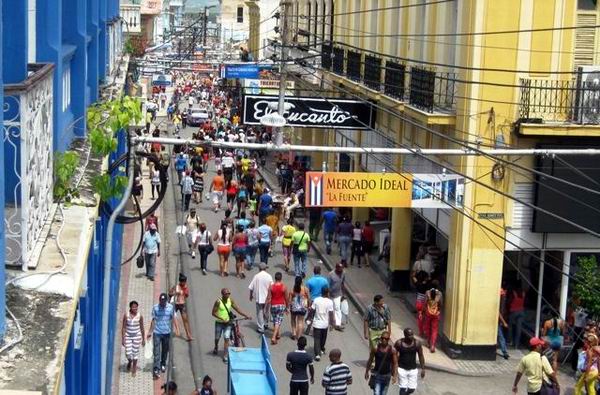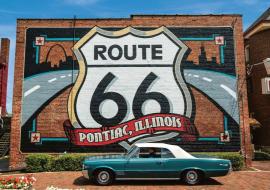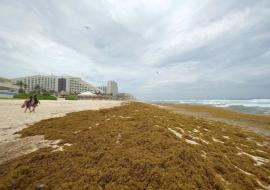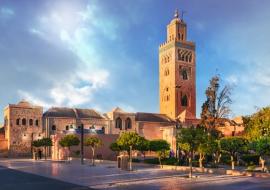“Calle de las Enramadas: The Smile of Santiago de Cuba”

Calle de las Enramadas is one of the oldest arteries of our city and somebody said that “Calle de las Enramadas is the smile of Santiago de Cuba”. Our main business artery was the first street to be paved back in 1899 and, although in 1908 it was named Jose Antonio Saco so to pay tribute to the thinker and antislavery man from Bayamo, nobody has forgotten its traditional name.
Click on Santiago de Cuba: A City of 500 Years
Until the 18th century the street held several names at the same time, depending on the section: Cuesta de la Marina from Cristina (Jesus Menendez) to San Felix, Santa Agata from that spot to Reloj, and from this street to the end (up to San Agustin) the name was Calle de la Pared, because of the thick wall at the backyard of governor Tadeo de las Cuevas’ house. The street was widened in 1790, curbs were made with Balzac stones and people started calling it Calle Ancha.
Calle de las Enramadas owes its name to the times when the Corpus Christi fiesta was carried out (60 days after Christmas) and the street was covered with palm tree leaves, known as “branches”, so the procession could go underneath. This tradition was interrupted by a terrible fire in 1856, which began near Serrano Park and gained magnitude because of the dry leaves, so they were forbidden. However, the toponym has come to our time.
Until the 19th century most of the street was residential, but it changed over the first decades with the presence of stores like El Louvre and El Siglo XX, fur shops La Dalia and La Opera, or men’s Trianon and Novator. The Imperial Hotel, an architectural gem of the city, the banks that are still operating along the street and the presence of the streetcar route in the early 1908 strengthened the status of the street as a business artery.














